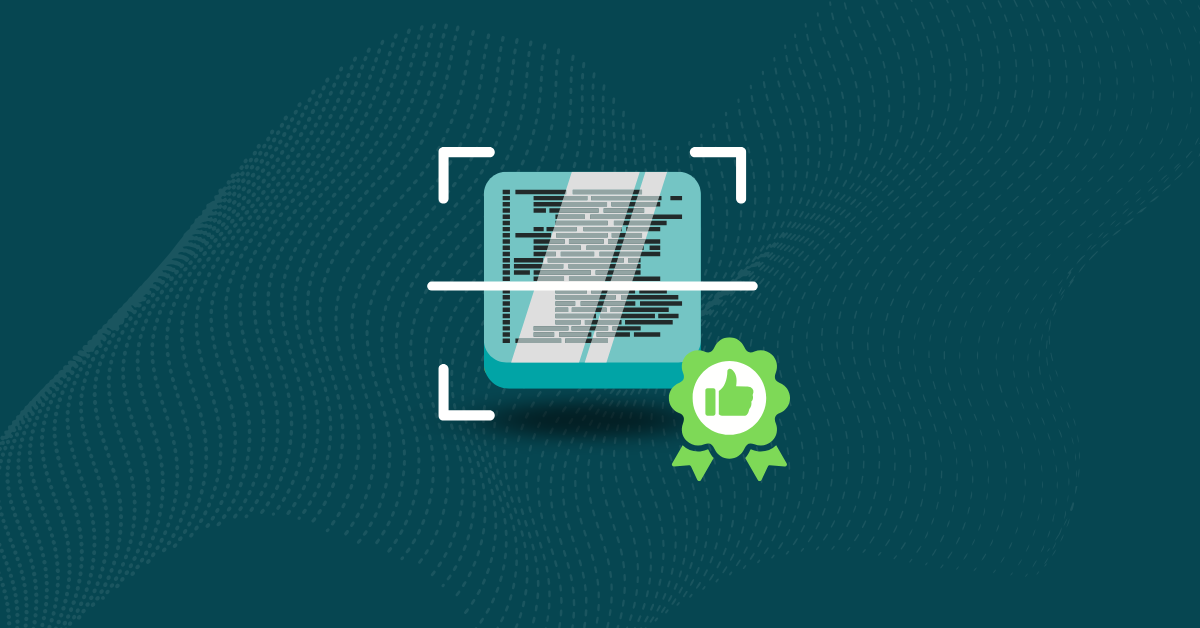

Open-source software dramatically simplifies and speeds up the development process. However, it also carries significant risks in the form of vulnerabilities. The public nature of open-source code means that databases such as Open Source Vulnerabilities (OSV), which are intended to serve as a resource for developers to protect their applications, also provide malicious actors with a roadmap for attacking applications if developers delay implementing a patch or don’t realize a flawed dependency is buried deep in their codebase.
Software composition analysis (SCA) tools can help development teams find vulnerabilities related to open-source components. Once an SCA tool discovers a vulnerability, developers need to remediate it. This can be simple if only a handful of vulnerabilities are found. But it gets complicated when teams need to address multiple issues. To handle this, they need a structured plan for managing open-source vulnerabilities. The following steps can help DevSecOps teams remediate security flaws systemically based on organizational risk.
When faced with a long list of vulnerabilities—the OSV has tens of thousands of entries—and a limited time, developers must prioritize the most significant threats. They can do this by prioritizing vulnerabilities based on standard criteria.
There are several frameworks teams can use to quantify risk, including the Common Vulnerability Scoring System (CVSS) and the DREAD Threat Model. Regardless of which model they use, DevSecOps teams need to consider the following criteria for each threat:
Although it sounds cut-and-dried, other considerations exist when teams prioritize vulnerabilities. Some other factors that go into assessing security include threat intelligence — what vulnerabilities are being actively exploited — and business context — how a threat might affect organizational objectives and compliance requirements.
Remediation is the process of eliminating security flaws so they can’t be exploited to infiltrate your systems. In some cases, if vulnerabilities can’t be remediated, they must be mitigated, limiting their potential impact.
Development teams should take an organized approach to patch management so they don’t risk leaving vulnerabilities open to exploitation by bad actors. The Equifax breach of 2017 is the most expensive example of a breach caused by an unpatched vulnerability. Seven years later, the claims are still being settled.
Automated tools such as Kiuwan’s Code Security, a static application security testing software, can check the codebase against third-party security frameworks, such as OWASP, and automatically address defects as soon as they’re identified.
Developers also need to keep track of their software versions, including libraries and dependencies. Because open-source software is so ubiquitous, many teams may not be aware of all the open-source components they’re using, particularly in legacy code. Again, automated tools provide a workable solution. Kiuwan’s static composition analysis (SCA) tool analyzes code for open-source and third-party components. This can help development teams create an updated software bill of materials, an important aspect of significant security frameworks such as the National Institute of Standards and Technology (NIST).
Automated tools, including SCA, SAST, and dynamic application security testing (DAST), play an important role in eliminating many open-source vulnerabilities, but they’re not the entire solution. Most data breaches occur due to human error, so inculcating a strong cybersecurity awareness culture throughout the organization is the most important aspect of handling open-source vulnerabilities.
The fewer vulnerabilities developers introduce into their codebase, the fewer they’ll have to remediate. Because security is such a complex topic with so many different factors, it can’t be adequately addressed after the development phase. While this approach was popular in the early days of application development, its shortcomings quickly became apparent as systems moved to the cloud, and perimeter-based security was replaced with a Zero Trust approach.
Modern development teams need to incorporate security from the beginning through DevSecOps processes. Closely associated with Security by Design or shifting left, this mindset includes security considerations from the earliest stages of application design and development.
Some best practices for integration security into the DevOps workflow include:
By its nature, security can never be moved to a to-do list’s “done” column. With the recent advances in generative artificial intelligence and machine learning, the exponential growth of security threats will only increase.
Businesses need comprehensive and adaptable incident response plans to adequately handle open-source vulnerabilities. These plans must be regularly tested after every incident and updated with new insights. Cybersecurity is a dynamic field that requires an agile, multi-tiered approach to be effective.
Kiuwan is an end-to-end application security platform that automatically identifies and remediates vulnerabilities in your code. Insights Open Source gives you visibility into all codebase’s open-source components to simplify vulnerability management. It supports over 30 languages and works within your software development lifecycle. You’ll get real-time alerts and detailed reports on vulnerabilities so you can address security risks and minimize your exposure. Reach out today to schedule a demo.


